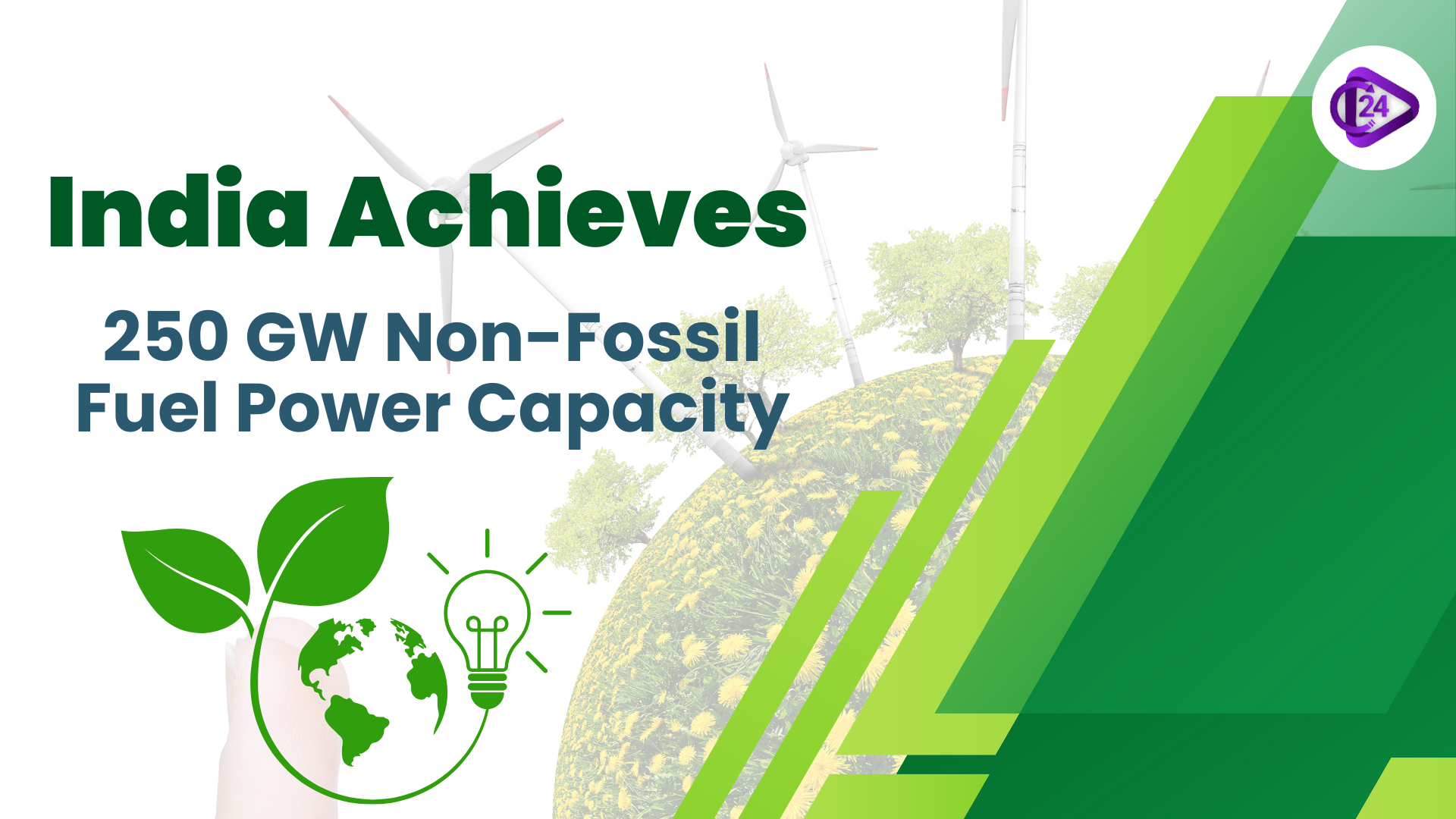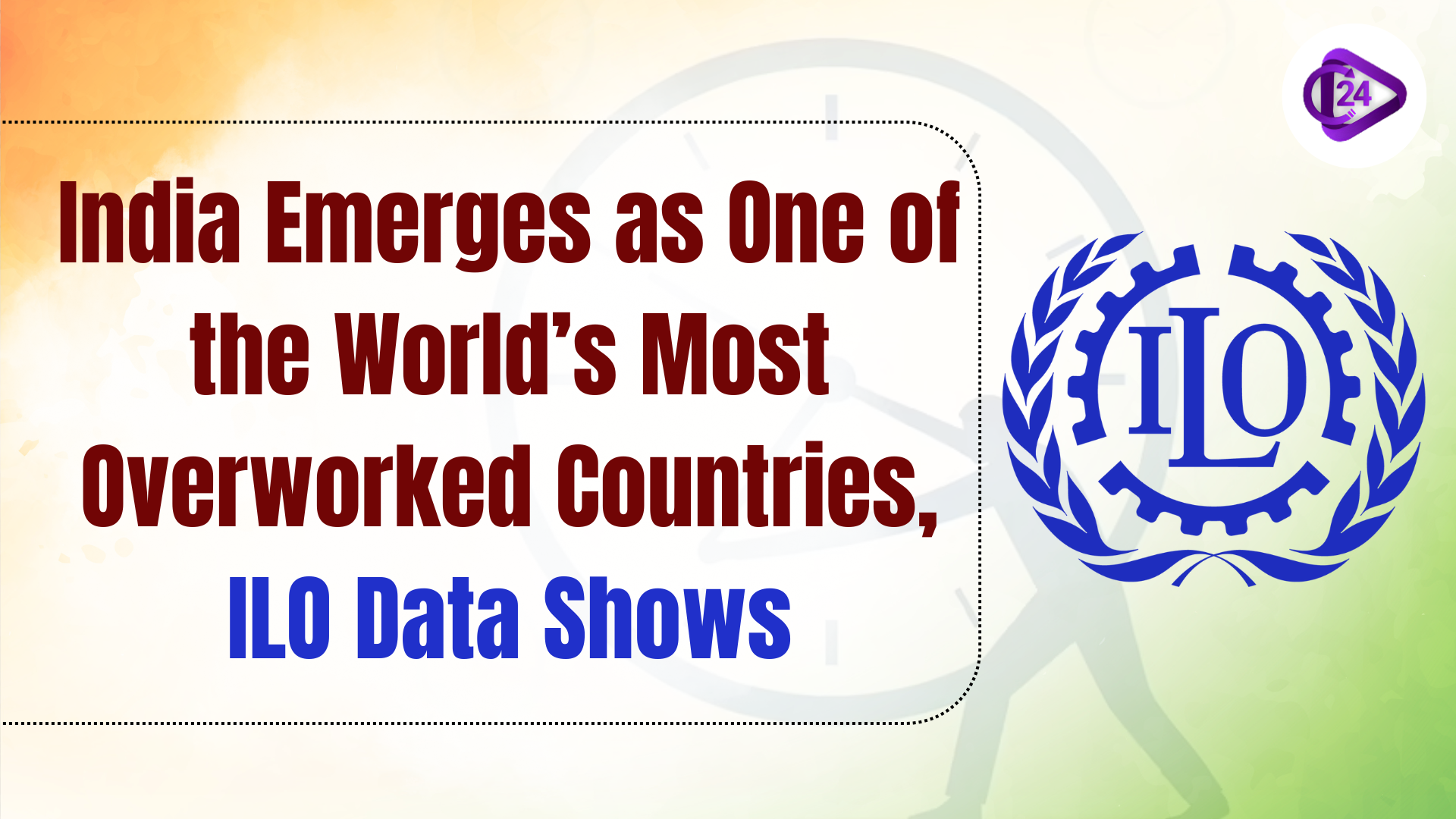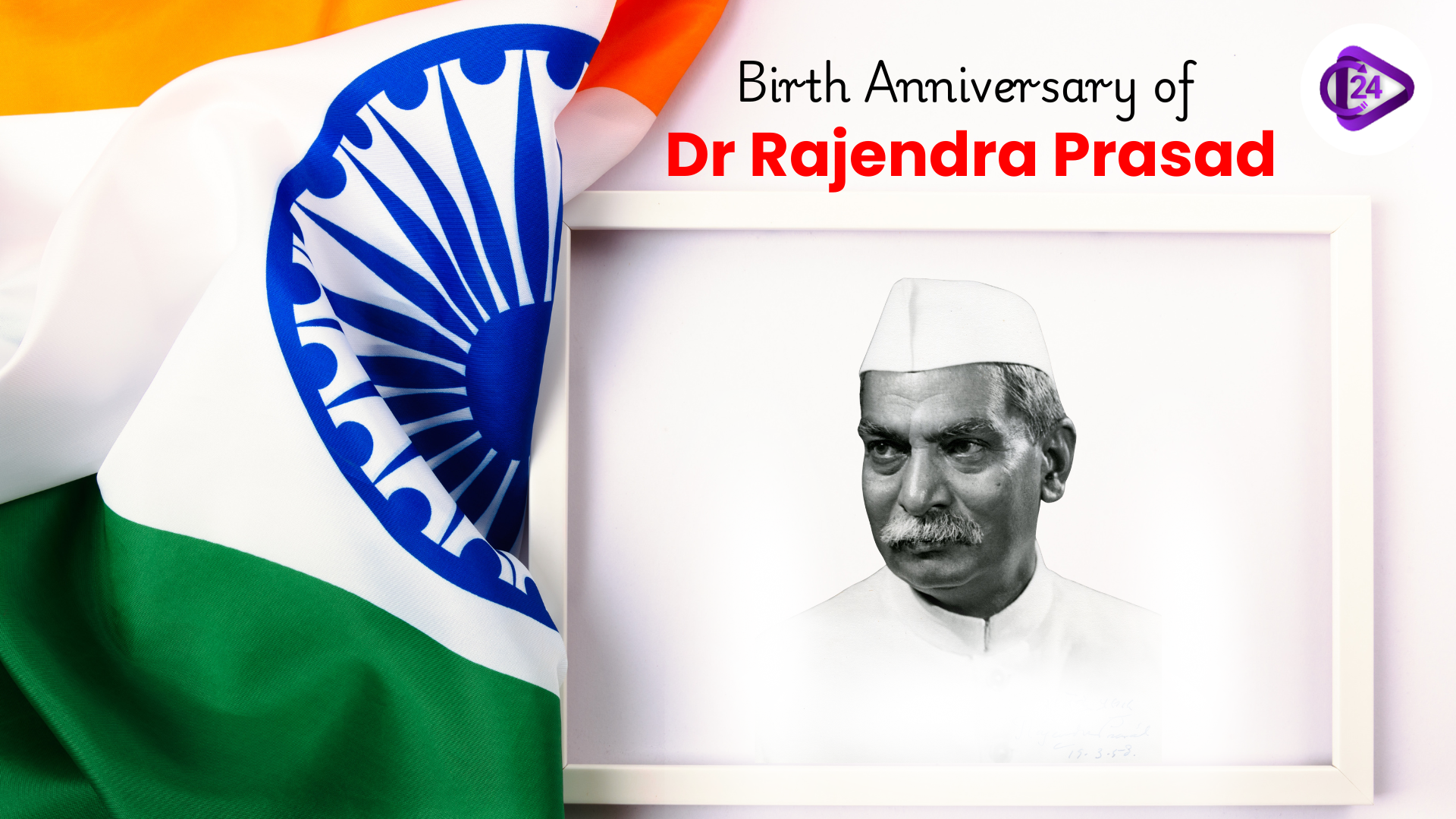
India has reached a milestone of generating 250 GW of electricity capacity using non-fossil fuel, which is significant in her process of converting to low-carbon and sustainable energy sources. On 11 September 2025, during the State Review Meeting on Renewable Energy in New Delhi, union minister Pralhad Joshi announced this. This puts India among the leading clean energy countries in the world and speeds up towards the 500 GW renewable energy target by 2030, which is consistent with the Nationally Determined Contributions (NDCs) of India under the Paris Agreement.
Destruction of Non-Fossil Fuel Capacity.
The 250 GW capacity includes:
-
Solar Energy
-
Wind Power
-
Hydropower
-
Biomass Energy
-
Nuclear Energy
This is a paradigm shift of fossil-based energy to clean and sustainable energy.
2030 vision: 500 GW Renewable Energy.
-
The government aims to achieve 500 GW of renewable energy by 2030 with its energy security, climate and sustainable development objectives.
-
They are using policy momentum, investments and participation at the state level to realize this ambitious target.
Key Initiatives
Swachh Bharat & Swachh Energy:
-
Associating clean environments with clean energy, fighting pollution, enhancing the health of the population, and providing energy access to the underprivileged.
Free Power to 20 lakh families:
-
Homes that do not own the roof top or do not have the infrastructure to do it are utility-led solar models.
-
Andhra Pradesh has been the first one to implement it.
-
Target to achieve 1 crore households in the country, increase equity in energy and rural electrification.
NEXT GEN GST and Economic Impact:
-
GST reforms which will boost GDP.
-
Establishes a better investment system of renewable energy and clean technologies companies.
Key Facts & Takeaways
|
Fact |
Details |
|
Milestone |
250 GW non-fossil fuel power capacity |
|
Announced by |
Union Minister Pralhad Joshi |
|
Announcement Date |
11 September 2025 |
|
2030 Target |
500 GW renewable energy |
|
Free Electricity Beneficiaries |
20 lakh households (target 1 crore) |
|
Implementation |
Utility-led solar model |
|
Energy Sources |
Solar, Wind, Hydro, Biomass, Nuclear |
Conclusion
Showcases a desire of India to achieve climate objectives and sustainable development. Publicizes the energy equity projects on the marginalized population. Governments demonstrate the combination of policy, technology and economic planning towards developing large scale renewable energy targets.



 Rabies in India: Tackling a Disease That Still Claims Thousands of Lives Annually
Rabies in India: Tackling a Disease That Still Claims Thousands of Lives Annually BHU Develops Molecular Classification for Oral Cancer Therapy
BHU Develops Molecular Classification for Oral Cancer Therapy India’s First PPP-Model Medical Colleges
India’s First PPP-Model Medical Colleges EU Leaders To Be Chief Guests As Republic Day Celebrations Highlight Vande Mataram Theme
EU Leaders To Be Chief Guests As Republic Day Celebrations Highlight Vande Mataram Theme National Mathematics Day 2025: Honouring Ramanujan’s Contributions to Mathematics
National Mathematics Day 2025: Honouring Ramanujan’s Contributions to Mathematics Important Days in December 2025 – National & International Observances
Important Days in December 2025 – National & International Observances India Ranks Among Most Overworked Countries Globally, Reveals ILO
India Ranks Among Most Overworked Countries Globally, Reveals ILO Gulmarg Gets Asia’s Longest Ski Drag Lift and First Revolving Conference Hall
Gulmarg Gets Asia’s Longest Ski Drag Lift and First Revolving Conference Hall Chhattisgarh Gets Its First Ramsar Site with Kopra Reservoir Declaration
Chhattisgarh Gets Its First Ramsar Site with Kopra Reservoir Declaration Birth Anniversary of Dr Rajendra Prasad
Birth Anniversary of Dr Rajendra Prasad






